Find Help
More Items From Ergsy search
-
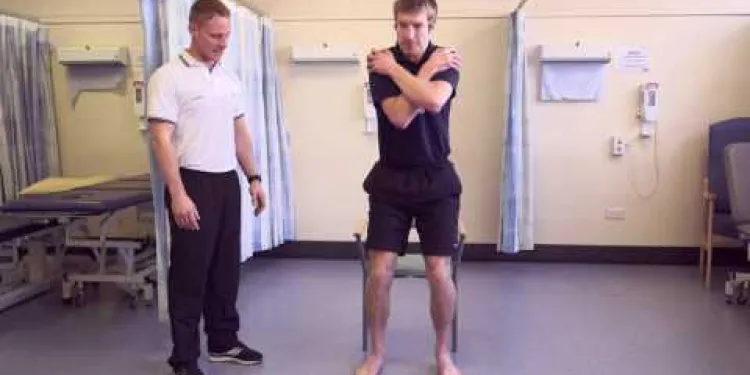
Exercises to help your lateral hip pain
Relevance: 100%
-
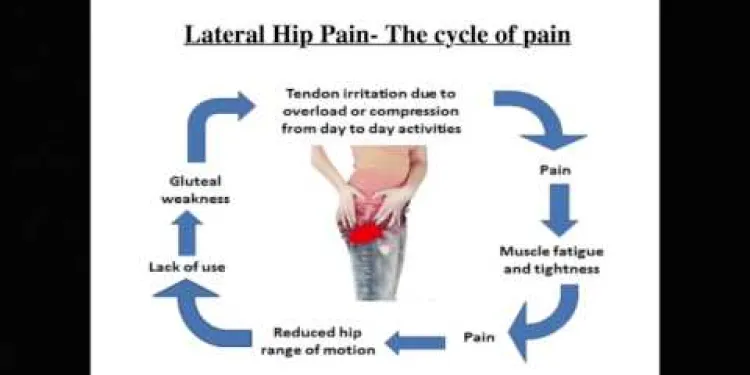
Advice - How to manage your lateral hip pain
Relevance: 83%
-
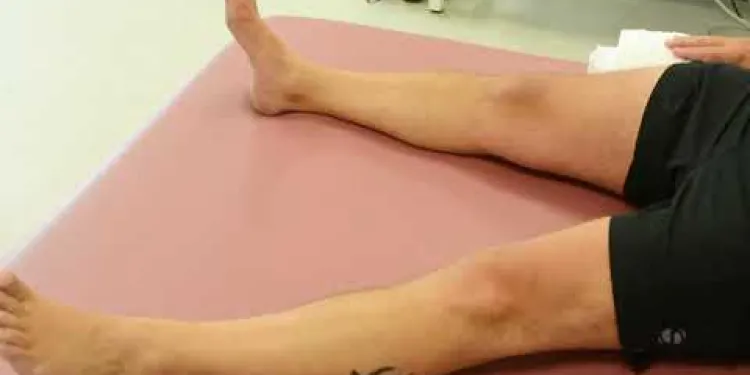
Joint School - Hip Exercises
Relevance: 61%
-

Osteoarthritis of the Hip
Relevance: 47%
-

Osteoarthritis of the Hip
Relevance: 46%
-
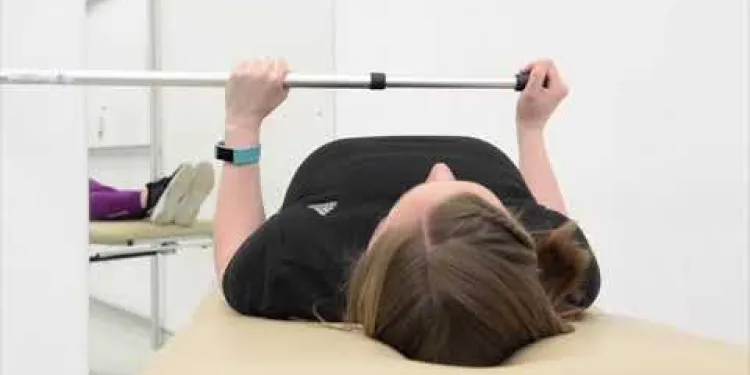
Frozen Shoulder Assisted Lateral Rotation
Relevance: 45%
-

Greater trochanteric pain syndrome
Relevance: 45%
-

Frozen Shoulder Lateral Rotation
Relevance: 45%
-

A journey to hip surgery
Relevance: 43%
-
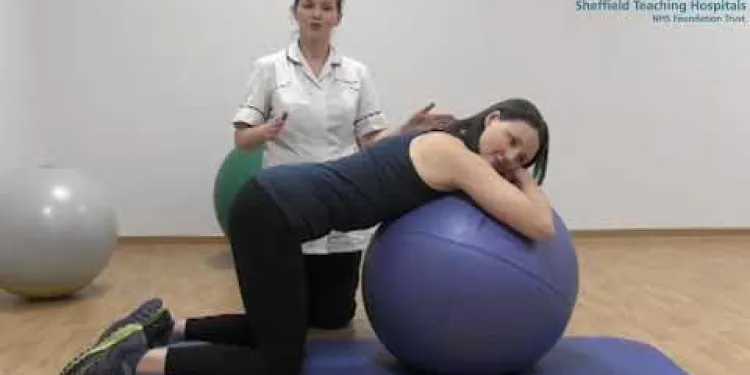
Mat and gym ball exercises with pregnancy related Pelvic Girdle Pain
Relevance: 42%
-
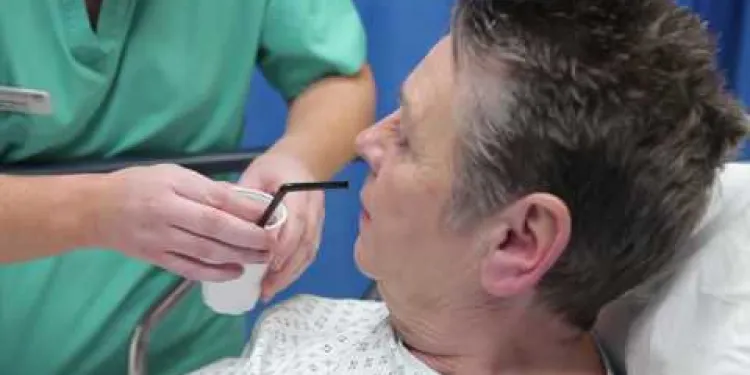
Hip replacement
Relevance: 41%
-

Total Hip Replacement
Relevance: 41%
-

What is a hip replacement?
Relevance: 41%
-
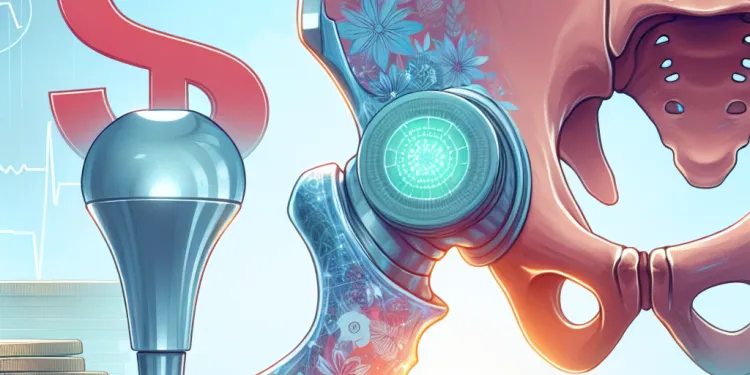
Do I need a Hip Replacement?
Relevance: 41%
-

What is the recovery time for a hip replacement?
Relevance: 41%
-

Will I need physical therapy after a hip replacement?
Relevance: 40%
-
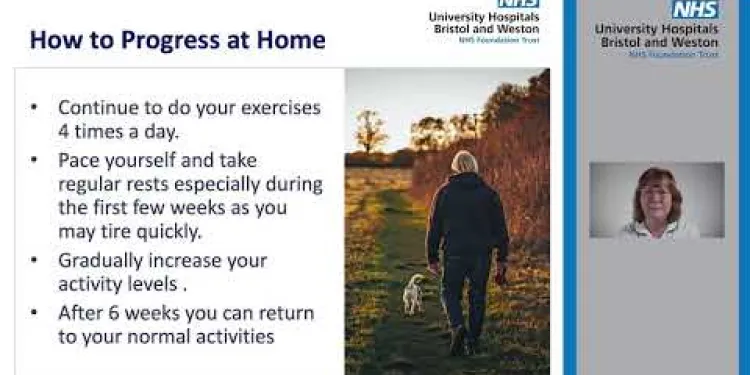
Enhanced Recovery - Hip
Relevance: 39%
-
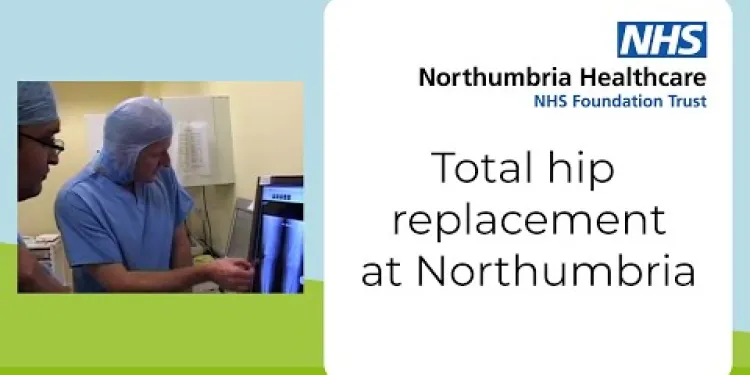
Total hip replacement at Northumbria Healthcare
Relevance: 39%
-
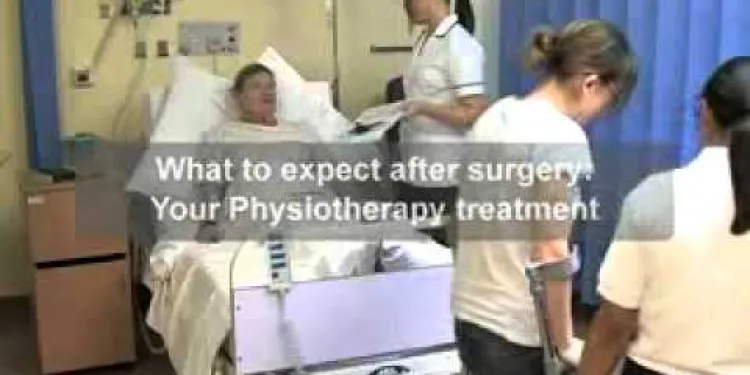
Total hip replacement
Relevance: 38%
-

Shoulder Exercises 1
Relevance: 38%
-
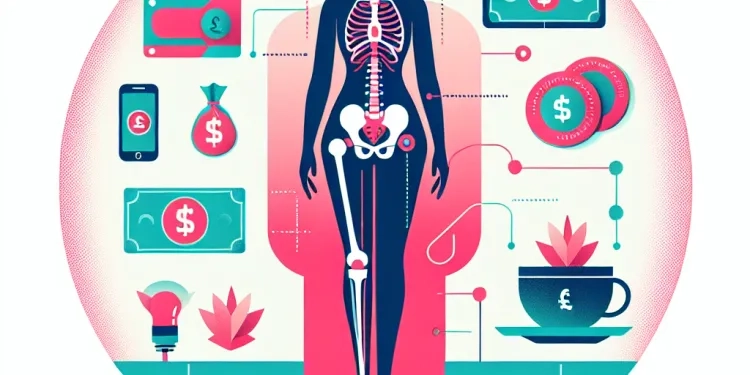
What are the risks associated with hip replacement surgery?
Relevance: 37%
-
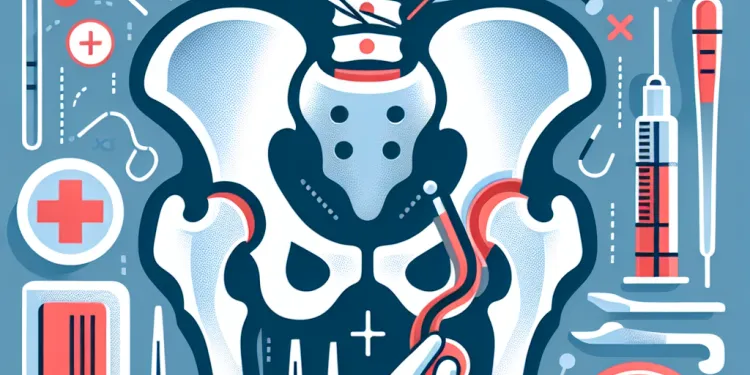
What is minimally invasive hip replacement surgery?
Relevance: 37%
-

How do I prepare for hip replacement surgery?
Relevance: 36%
-
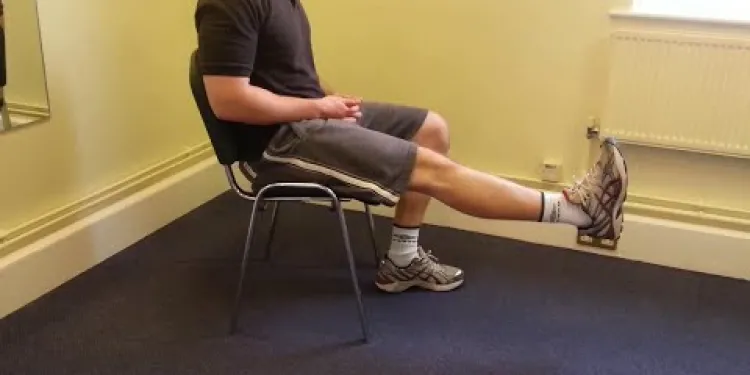
Knee Care Exercises
Relevance: 36%
-
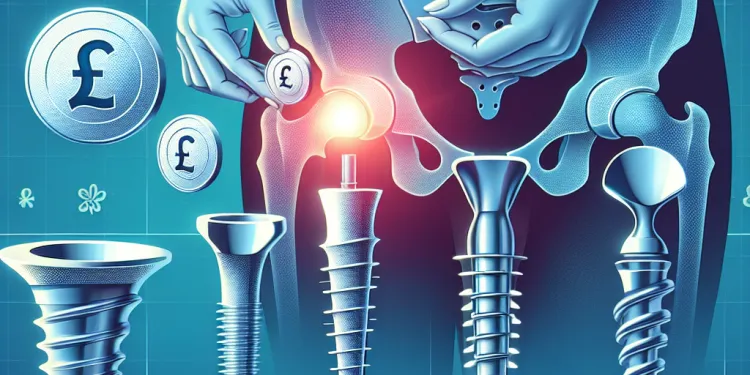
Are there different types of hip implants?
Relevance: 35%
-

Exercises for sciatica: piriformis syndrome | NHS
Relevance: 35%
-

Having a hip replacement - Part Two: Recovery
Relevance: 35%
-

Can both hips be replaced at the same time?
Relevance: 34%
-
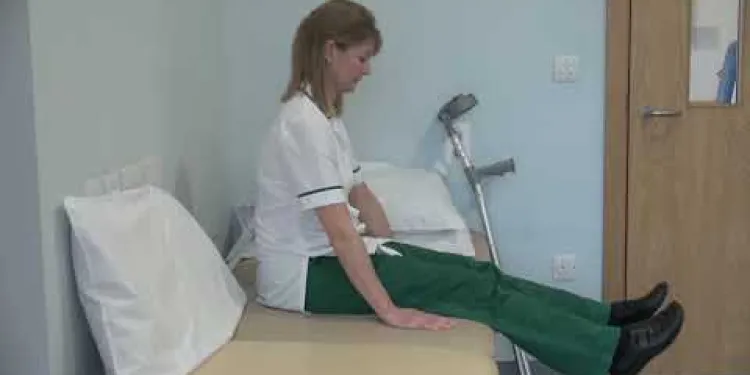
Hip replacement - getting into bed
Relevance: 34%
-
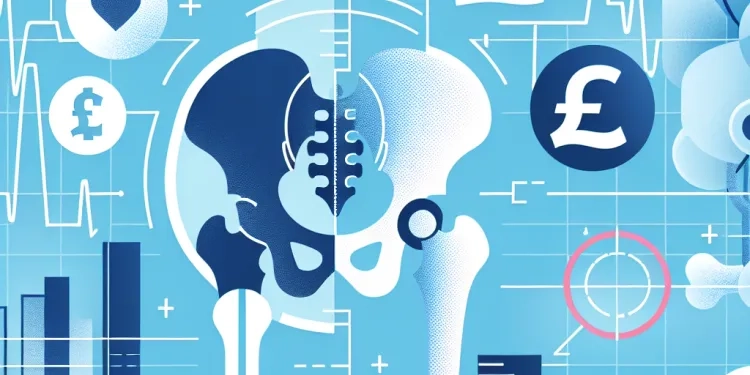
What type of anaesthesia is used during hip replacement surgery?
Relevance: 34%
-
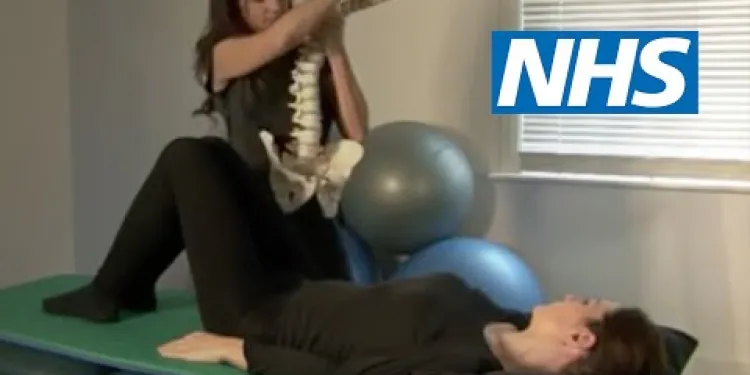
Exercises for sciatica: herniated or slipped disc | NHS
Relevance: 33%
-
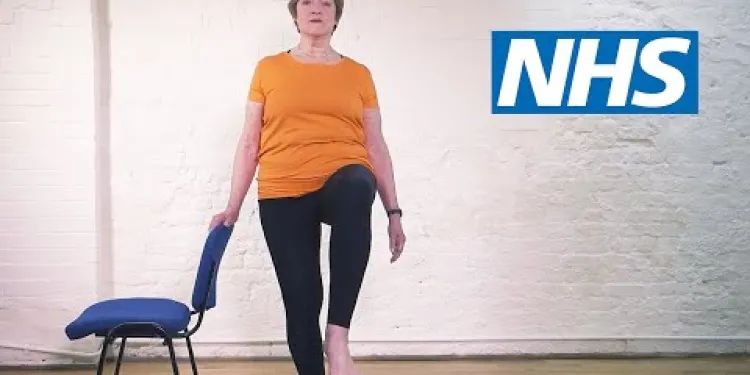
Pilates for back pain: Standing on one leg | NHS
Relevance: 32%
-

How long does a hip replacement surgery take?
Relevance: 32%
-

How much does hip replacement surgery cost in the UK?
Relevance: 31%
-
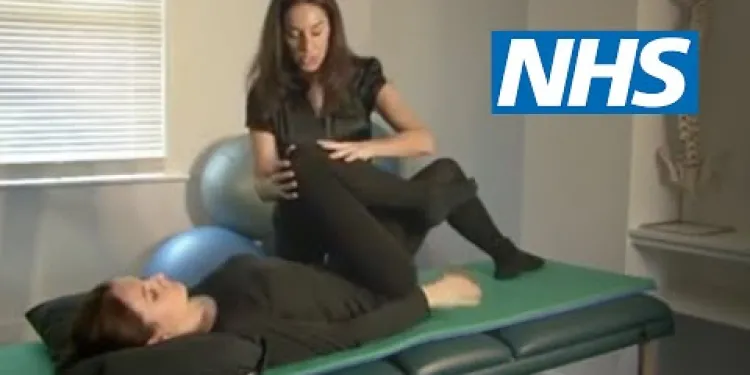
Exercises for sciatica: spinal stenosis | NHS
Relevance: 31%
-

Exercises for sciatica: herniated or slipped disc | NHS
Relevance: 31%
-

Neck Exercises
Relevance: 30%
-
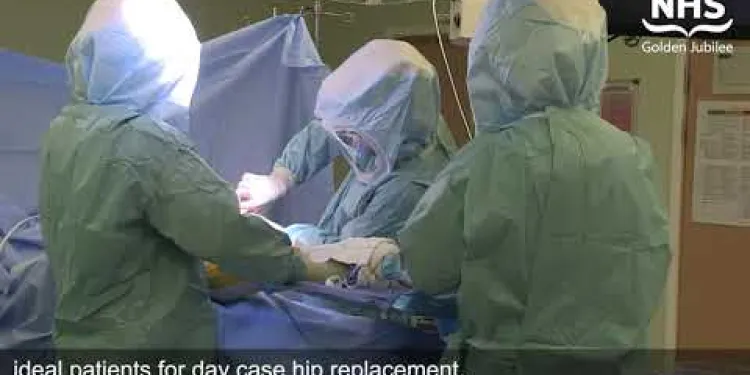
Same day discharge for NHS Golden Jubilee’s hip replacement patients
Relevance: 30%
-
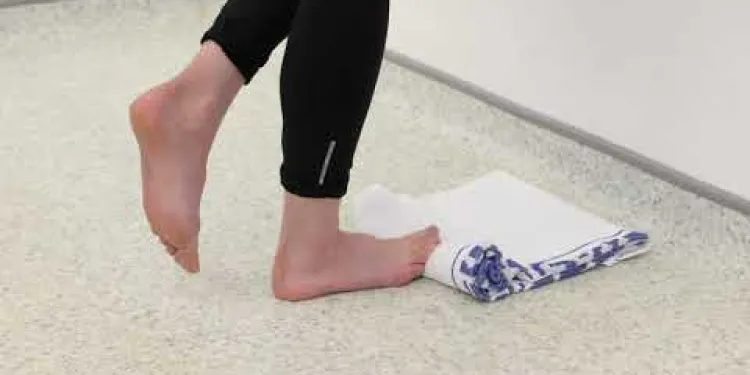
Plantar Fascia Loading Exercise (High Load Exercise)
Relevance: 30%
-
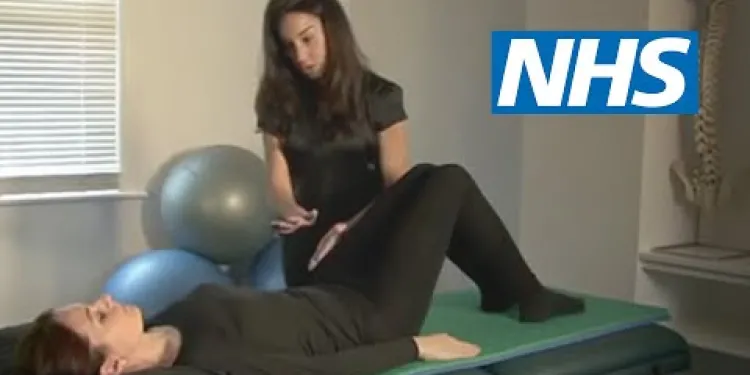
Exercises for sciatica: degenerative disc disease | NHS
Relevance: 30%
Exercises to Help Your Lateral Hip Pain
Understanding Lateral Hip Pain
Lateral hip pain, often attributed to conditions like bursitis or tendonitis, can be a debilitating issue. Especially common among runners and active individuals, it affects the outer region of the hip, causing discomfort during everyday activities. Fortunately, targeted exercises can help alleviate this pain by strengthening the surrounding muscles and improving flexibility.
Clamshells
The clamshell exercise targets the gluteus medius, a key muscle for hip stability. Lie on your side with your knees bent at 90 degrees. Keeping your feet together, lift your top knee as high as you comfortably can without shifting your hips. Repeat for 15-20 reps on each side. This exercise can help support the lateral aspect of the hip.
Hip Abduction
Stand upright and hold onto a chair or wall for balance. Slowly lift your leg out to the side, keeping it straight and ensuring your toes point forward. Avoid leaning to the opposite side. Perform 10-15 reps for each leg. This exercise strengthens the muscles around the hip joint, helping to reduce lateral hip pain.
Bridges
Lie on your back with your knees bent and feet flat on the floor. Engage your core and lift your hips towards the ceiling, squeezing your glutes at the top. Hold for a few seconds before lowering back down. Do 10-15 reps. Bridges enhance the strength of the gluteal muscles, contributing to better hip stabilization.
Standing Iliotibial Band Stretch
Standing tall, cross the affected leg behind the other leg. Lean to the uninjured side until you feel a stretch on the outer hip and thigh. Hold for 20-30 seconds and repeat 2-3 times. This stretch targets the iliotibial band, a common source of lateral hip discomfort.
Consult a Physiotherapist
While these exercises can help, consulting a physiotherapist for personalized guidance is beneficial. They can assess your condition and recommend a tailored exercise plan. In the United Kingdom, physiotherapy services are widely available through the NHS or private clinics.
By consistently incorporating these exercises into your routine, you can support your hip health and alleviate lateral hip pain effectively.
Exercises to Help Your Lateral Hip Pain
Understanding Lateral Hip Pain
Lateral hip pain means pain on the outside of your hip. It can happen because of problems like bursitis or tendonitis. This pain can make it hard to do everyday things. People who run or are very active often have this problem. There are exercises that can make your hip feel better. These exercises make your muscles stronger and help you move better.
Clamshells
This exercise helps a muscle called the gluteus medius. It's important for keeping your hip stable. Lie on your side with your knees bent. Keep your feet together. Lift your top knee as high as you can without moving your hips. Do this 15-20 times on each side. This exercise helps the muscles on the side of your hip.
Hip Abduction
Stand up straight and hold onto a chair or wall to keep your balance. Lift your leg to the side slowly, keeping it straight. Make sure your toes point forward. Do not lean to the other side. Do this 10-15 times for each leg. This exercise makes the muscles around your hip stronger. It can help reduce hip pain.
Bridges
Lie on your back with your knees bent. Keep your feet flat on the floor. Tighten your stomach muscles and lift your hips up. Squeeze your bottom at the top. Hold for a few seconds and then come down. Do this 10-15 times. Bridges make your bottom muscles stronger. They help keep your hip steady.
Standing Iliotibial Band Stretch
Stand up tall. Put the leg that hurts behind your other leg. Lean away from the leg that hurts. You should feel a stretch on the outside of your hip and thigh. Hold for 20-30 seconds. Do this 2-3 times. This stretch helps the iliotibial band, which can cause hip pain.
Consult a Physiotherapist
These exercises can help, but seeing a physiotherapist is also a good idea. They can give you advice just for you. In the UK, you can see a physiotherapist through the NHS or at private clinics.
By doing these exercises regularly, you can take care of your hip and feel less pain.
Frequently Asked Questions
What causes lateral hip pain?
Lateral hip pain is often caused by issues such as muscle strain, hip bursitis, or tendonitis. It can also be due to overuse or repetitive movements that stress the hip area.
Can exercises help relieve lateral hip pain?
Yes, specific exercises can help relieve lateral hip pain by strengthening muscles, improving flexibility, and reducing inflammation.
What are some effective stretches for lateral hip pain?
Effective stretches include the IT band stretch, hip flexor stretch, and piriformis stretch. These can help alleviate tension and improve hip mobility.
Should I avoid high-impact activities if I have lateral hip pain?
Yes, it's advisable to avoid high-impact activities like running or jumping. Opt for low-impact exercises like swimming or cycling instead.
How often should I perform exercises for my lateral hip pain?
It's important to perform specific exercises for lateral hip pain daily or as advised by your physiotherapist. Consistency is key to seeing improvement.
Can I use heat or ice to manage my lateral hip pain?
Applying ice can help reduce inflammation and pain, especially after exercise. Heat can be useful to loosen muscles before stretching exercises.
What strengthening exercises are recommended for lateral hip pain?
Strengthening exercises like side leg raises, clamshells, and hip bridges are recommended to build muscle and provide support around the hip.
Is it necessary to see a physiotherapist for lateral hip pain?
Seeing a physiotherapist can be beneficial for diagnosing the cause of your hip pain and developing a personalised treatment plan, including specific exercises.
Can poor posture contribute to lateral hip pain?
Yes, poor posture can contribute to lateral hip pain by placing extra stress on the hip muscles and joints. Maintaining good posture can help alleviate symptoms.
How long does it take to see improvement from exercises?
Improvement can vary depending on the severity of the pain and consistency with exercises. Some people may see improvements in a few weeks, while others may take longer.
Are there any preventative measures for lateral hip pain?
Preventative measures include regular strengthening and stretching exercises, maintaining a healthy weight, and avoiding repetitive stress on the hips.
Can yoga or Pilates help with lateral hip pain?
Yes, yoga and Pilates can help improve flexibility, strength, and posture, all of which can contribute to reducing lateral hip pain.
Is it safe to exercise with lateral hip pain?
It's generally safe to perform low-impact exercises specifically targeted to alleviate hip pain. However, it's important to avoid activities that increase pain and consult with a healthcare provider.
What should I do if my hip pain worsens after exercising?
If your hip pain worsens after exercising, stop the activity and apply ice. If the pain persists, consult a healthcare professional for further evaluation.
Can weight loss help reduce lateral hip pain?
Yes, losing excess weight can help reduce the stress on your hip joints and alleviate pain. Combining weight loss with strengthening and stretching exercises can be particularly effective.
What makes the side of your hip hurt?
The side of your hip can hurt for different reasons. Some common causes are:
- Injury: If you fall or bump your hip, it might hurt.
- Tendons: These are the bands that join muscles to bones. They can get swollen or sore.
- Bursitis: Small sacs with fluid in your hip can get swollen.
- Arthritis: This is when your joints feel stiff and painful.
If your hip hurts, tell an adult you trust. A doctor can help you find out what is wrong. Some ways to help are:
- Rest
- Ice packs
- Gentle stretches
Pain on the side of your hip can happen because of a pulled muscle, sore hip bump, or hurting tendon. It can also happen if you use your hip too much or do the same movement a lot.
If you need help reading, try breaking down the words or reading with a friend. You can also use an audio tool that reads text out loud to help understand better.
Can exercises help with pain on the side of your hip?
Yes, doing certain exercises can help with side hip pain. These exercises make your muscles stronger, help you move better, and can make the pain go away.
What stretches can help with hip pain on the side?
Here are some simple stretches that might help when your hip hurts on the side:
- Do a side leg lift: Lie on your side and lift your top leg up slowly, then lower it down gently.
- Try a seated stretch: Sit with your legs crossed, lean forward, and feel the stretch in your hips.
- Stand and stretch: Stand up, cross one leg in front of the other, and lean sideways toward the leg in front.
Take your time, and be gentle with your body. You can ask a family member or friend to help you, or use videos online to see how to do the stretches. If the pain continues, talk to a doctor or therapist.
Good stretches to try are the IT band stretch, hip flexor stretch, and piriformis stretch. These can help make your hips feel better and move more easily.
Should I stay away from hard activities if my hip hurts?
Yes, it is good to stop doing activities like running or jumping. Try doing easy activities like swimming or riding a bike.
How often should I do exercises for pain on the side of my hip?
If your hip hurts on the side, here is how to help:
1. Do exercises every day. This can make your hip stronger.
2. Start slow. Do a little bit at a time and rest if it hurts.
3. Ask for help. A doctor or therapist can show you what to do.
4. Use tools like a soft mat or chair for support.
Remember, it is okay to go slow. Exercising can help your hip feel better!
Doing special exercises every day can help if you have pain on the side of your hip. Follow what your physiotherapist says to do. Doing these exercises regularly will help you get better.
Can I use heat or ice to help with my hip pain on the side?
If your hip hurts on the side, you can try using a warm cloth or an ice pack.
Using Heat: A warm cloth can help your hip feel better. Use it for 15 minutes to see if it helps.
Using Ice: An ice pack can also help with pain. Use it for 10 minutes at a time. Make sure to wrap the ice pack in a cloth so it is not too cold on your skin.
If you are not sure which one to use, you can ask a helper or a grown-up for advice.
Putting ice on your body can help when you have pain and swelling. This is good after you do some exercise. Heat can help make your muscles soft and ready for stretching.
Try using a cold pack or a bag of frozen peas for ice. For heat, you can use a hot water bottle or a warm towel.
What exercises can help if my hip hurts on the side?
Try these exercises to make your hip muscles strong:
- Side Leg Raises
- Clamshells
- Hip Bridges
These exercises help make the muscles around your hip stronger and give them support.
Do I need to see a physio for hip pain on my side?
If your hip hurts on the side, you might think about seeing a physio. A physio helps with body pains and movements.
Here are some things you can try to help with the pain:
- Put ice on your hip to stop swelling.
- Try gentle stretching exercises.
- Rest and don't do things that hurt your hip.
But if the pain doesn't go away, seeing a physio can help. They know how to make your hip feel better.
Going to see a physiotherapist can help you find out why your hip hurts. They will make a special treatment plan just for you. This plan includes exercises that can help you feel better.
Can sitting or standing badly make your hip hurt?
Yes, bad posture can cause hip pain on the side. This is because it puts extra pressure on the hip muscles and joints. Sitting and standing up straight can help make the pain better.
When will I get better from doing exercises?
Getting better can be different for everyone. It depends on how much pain you have and how often you do the exercises. Some people might feel better in a few weeks. For others, it might take more time.
How can I stop my hip from hurting on the side?
Here are some ways to help keep your hip healthy:
- Do gentle exercises. These help your hip stay strong.
- Stretch your legs. This keeps your hip loose.
- Wear good shoes. They help your hip stay in the right place.
- If your hip hurts, tell a grown-up or a doctor.
Using these tips can help your hip feel better!
To keep your hips healthy, you can:
- Do exercises to make your muscles strong.
- Do stretches to keep your body flexible.
- Keep a healthy weight.
- Try not to do the same movement on your hips too much.
Tools like picture guides or video tutorials can help you learn the exercises and stretches.
Can yoga or Pilates help with side hip pain?
Do you have pain on the side of your hip? Yoga and Pilates might help.
Yoga is gentle exercise. It helps you stretch and relax.
Pilates is another kind of gentle exercise. It helps make your muscles stronger.
These exercises might make your hip feel better.
If you are not sure, talk to a doctor.
Yes, doing yoga and Pilates can make your body more bendy, strong, and help you stand up straight. These things can help make the pain in your hip feel better.
Can I exercise if my hip hurts on the side?
If your hip hurts on the side, it's good to be careful. Here are some tips:
- Talk to a doctor or a sports coach before exercising.
- Start with easy exercises that do not hurt.
- Use ice on your hip if it feels sore.
- Try gentle stretches to help your hip feel better.
- Stop if you feel pain.
Remember to listen to your body and ask for help if you need it!
It is usually safe to do gentle exercises that help make hip pain better. But don't do things that make the pain worse. Talk to a doctor if you are not sure.
What should I do if my hip hurts more after exercise?
If your hip hurts more after you exercise, here are some simple steps to help:
- Stop and rest: Take a break and rest your hip. Resting can help the pain go away.
- Ice your hip: Put a cold pack or a bag of frozen peas on your hip for up to 20 minutes. This can help with pain and swelling.
- Call for help: If the pain does not get better or gets worse, tell a grown-up you trust or talk to a doctor.
- Keep track: Write down when the pain happens and what you were doing so you can tell the doctor.
Try using tools like calendars or notes to track how you feel. This can make it easier to explain to others what is happening.
If your hip hurts more after you exercise, stop doing it. Put ice on your hip to help. If it still hurts, talk to a doctor or nurse.
Can losing weight help with hip pain?
Yes, losing extra weight can help your hips feel better and hurt less. It's good to lose weight and also do exercises that make your body strong and stretchy. This works very well.
Useful Links
- Ergsy carfully checks the information in the videos we provide here.
- Videos shown by Youtube after a video has completed, have NOT been reviewed by ERGSY.
- To view, click the arrow in centre of video.
- Most of the videos you find here will have subtitles and/or closed captions available.
- You may need to turn these on, and choose your preferred language.
- Go to the video you'd like to watch.
- If closed captions (CC) are available, settings will be visible on the bottom right of the video player.
- To turn on Captions, click settings .
- To turn off Captions, click settings again.
More Items From Ergsy search
-

Exercises to help your lateral hip pain
Relevance: 100%
-

Advice - How to manage your lateral hip pain
Relevance: 83%
-

Joint School - Hip Exercises
Relevance: 61%
-

Osteoarthritis of the Hip
Relevance: 47%
-

Osteoarthritis of the Hip
Relevance: 46%
-

Frozen Shoulder Assisted Lateral Rotation
Relevance: 45%
-

Greater trochanteric pain syndrome
Relevance: 45%
-

Frozen Shoulder Lateral Rotation
Relevance: 45%
-

A journey to hip surgery
Relevance: 43%
-

Mat and gym ball exercises with pregnancy related Pelvic Girdle Pain
Relevance: 42%
-

Hip replacement
Relevance: 41%
-

Total Hip Replacement
Relevance: 41%
-

What is a hip replacement?
Relevance: 41%
-

Do I need a Hip Replacement?
Relevance: 41%
-

What is the recovery time for a hip replacement?
Relevance: 41%
-

Will I need physical therapy after a hip replacement?
Relevance: 40%
-

Enhanced Recovery - Hip
Relevance: 39%
-

Total hip replacement at Northumbria Healthcare
Relevance: 39%
-

Total hip replacement
Relevance: 38%
-

Shoulder Exercises 1
Relevance: 38%
-

What are the risks associated with hip replacement surgery?
Relevance: 37%
-

What is minimally invasive hip replacement surgery?
Relevance: 37%
-

How do I prepare for hip replacement surgery?
Relevance: 36%
-

Knee Care Exercises
Relevance: 36%
-

Are there different types of hip implants?
Relevance: 35%
-

Exercises for sciatica: piriformis syndrome | NHS
Relevance: 35%
-

Having a hip replacement - Part Two: Recovery
Relevance: 35%
-

Can both hips be replaced at the same time?
Relevance: 34%
-

Hip replacement - getting into bed
Relevance: 34%
-

What type of anaesthesia is used during hip replacement surgery?
Relevance: 34%
-

Exercises for sciatica: herniated or slipped disc | NHS
Relevance: 33%
-

Pilates for back pain: Standing on one leg | NHS
Relevance: 32%
-

How long does a hip replacement surgery take?
Relevance: 32%
-

How much does hip replacement surgery cost in the UK?
Relevance: 31%
-

Exercises for sciatica: spinal stenosis | NHS
Relevance: 31%
-

Exercises for sciatica: herniated or slipped disc | NHS
Relevance: 31%
-

Neck Exercises
Relevance: 30%
-

Same day discharge for NHS Golden Jubilee’s hip replacement patients
Relevance: 30%
-

Plantar Fascia Loading Exercise (High Load Exercise)
Relevance: 30%
-

Exercises for sciatica: degenerative disc disease | NHS
Relevance: 30%


